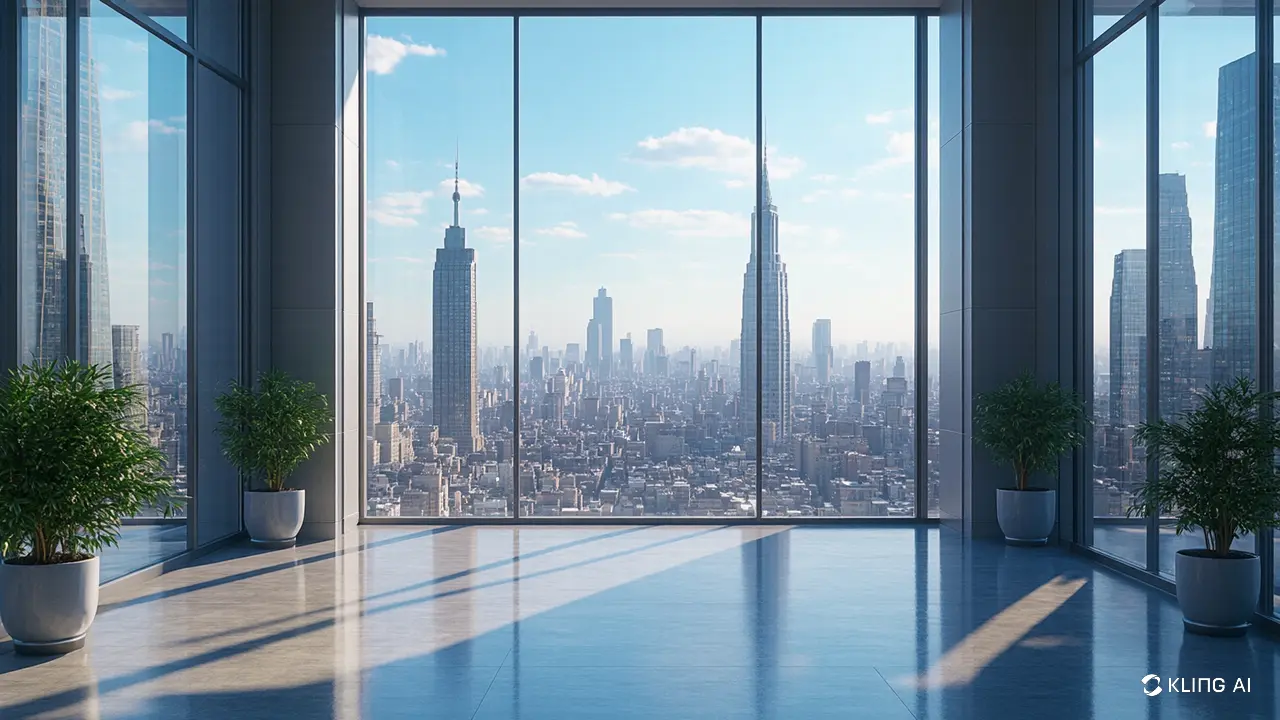How to Draw Perspective: Beginner's Guide to Depth

📐 How to Draw Perspective – Complete Beginner’s Guide to Perspective Drawing (2025 Edition)
Whether you're designing cityscapes, interiors, or concept environments, mastering perspective is the key to creating art that feels real and grounded in space. This guide breaks down the principles and applications of 1-point, 2-point, and 3-point perspective used in professional design and illustration.
From simple forms to dynamic compositions, you’ll learn how to build scenes that pop with depth, scale, and realism—no matter your skill level.
🌍 Section 1: Professional Perspective Systems – Foundation of Spatial Drawing
Understanding how to control the horizon line and vanishing points is essential to building convincing environments.
🧭 Horizon Line Mastery:
Eye-Level Psychology:
Low Horizon = Heroic, dramatic
High Horizon = Overview, detached
Centered Horizon = Calm, balanced
Genre Consideration:
Comics = dynamic low angles
Architecture = clean mid-eye
Fantasy = dramatic highs and tilts
📏 Vanishing Point (VP) Control:
1-Point Perspective: Best for corridors, railways, hallways
2-Point Perspective: Perfect for buildings and corners
3-Point Perspective: Used for skyscrapers, worm’s-eye, or bird’s-eye views
Perspective Tip: Always place VPs far apart for wide-angle scenes to avoid distortion.
🔹 Section 2: Advanced 1-Point Perspective Techniques
The 1-point system is ideal for direct frontal views and establishing control over depth.
➗ Depth Division:
Equal Segments: Use measuring lines + diagonals to divide space accurately
Diagonal VP Method: Great for accurate tile, brick, or window layouts
Measuring Point System: Place objects at equal spacing from the viewpoint
🧱 Practical Applications:
Drawing Stairs: Use vertical and diagonal guides
Circular Objects: Construct within square grids, then curve
Patterns & Repeats: Use center line + measuring lines for brick walls, fences, etc.
Pro Tip: Use 1-point for dramatic indoor scenes and symmetrical designs.
🔷 Section 3: Mastering 2-Point Perspective Drawing
2-point perspective is the industry standard for most environment design and product illustration.
📐 Angle Optimization:
30°/60° Layouts: Provide balance and cinematic framing
Wide-Angle Setup: VPs placed far for realistic lens effect
Telephoto Compression: VPs placed closer for flattening view
🏗 Structural Design Techniques:
Roof Lines: Draw accurate slopes using vertical guides and midpoint rules
Irregular Architecture: Rotate base shapes before applying 2 VPs
Boxes in Rotation: Practice rotating cubes to understand form placement
Rendering Tip: Keep vertical lines truly vertical in 2-point for architectural clarity.
🔺 Section 4: Exploring 3-Point and Curvilinear Perspective
For extreme angles or storytelling impact, 3-point and curvilinear systems bring drama and movement.
🌇 3-Point Perspective:
Worm’s-Eye View: Looking up—use for powerful scenes, tall buildings
Bird’s-Eye View: Looking down—great for urban overviews or god-view layouts
Tilted Camera Angles: Dynamic motion in comics and film scenes
🌀 Curvilinear Perspective:
5-Point Fisheye: Circular world views—ideal for interiors or fantasy settings
Panoramic Layouts: Use for environment concept art or 360° designs
Extreme Warp: Helps depict dreams, distortions, or surreal scenes
Perspective Hack: Start with 3-point, then warp the grid in Photoshop for surreal effects.
💻 Section 5: Digital Perspective Drawing Workflow
With modern tools, drawing in perspective is easier and more precise than ever.
🖥 Step-by-Step Digital Process:
Grid Setup: Use guide layers or grid brushes (or perspective tools)
Block Forms: Start with basic boxes to place elements
Detail Pass: Add doors, windows, furniture, props
Lighting & Shading: Use light direction + cast shadows based on VP alignment
🧰 Top Software Tools:
Photoshop:
Vanishing Point filter and custom perspective brushes
Clip Studio Paint:
Built-in perspective rulers and 3D models
Blender:
Ideal for previsualization with camera + environment modeling
Efficiency Tip: Use a perspective brush pack or online grid generator to speed up the layout phase.
🎯 Bonus Practice Prompts – Master Perspective Like a Pro
✏️ Draw 10 cubes in 1-point, 2-point, and 3-point each
🛣 Sketch a city street from worm’s-eye and bird’s-eye views
🧱 Recreate your room using 1-point perspective
🚇 Draw a sci-fi tunnel, practicing repetition and atmospheric vanishing
📌 Final Thoughts – Draw Depth with Confidence & Control
Perspective is the framework that makes your drawings feel grounded, real, and immersive. With a clear grasp of horizon placement, vanishing point control, and grid-based design, you can build 3D worlds on a 2D surface like a true visual architect.
So set your vanishing points, align your grid—and start shaping your scenes with powerful perspective today!